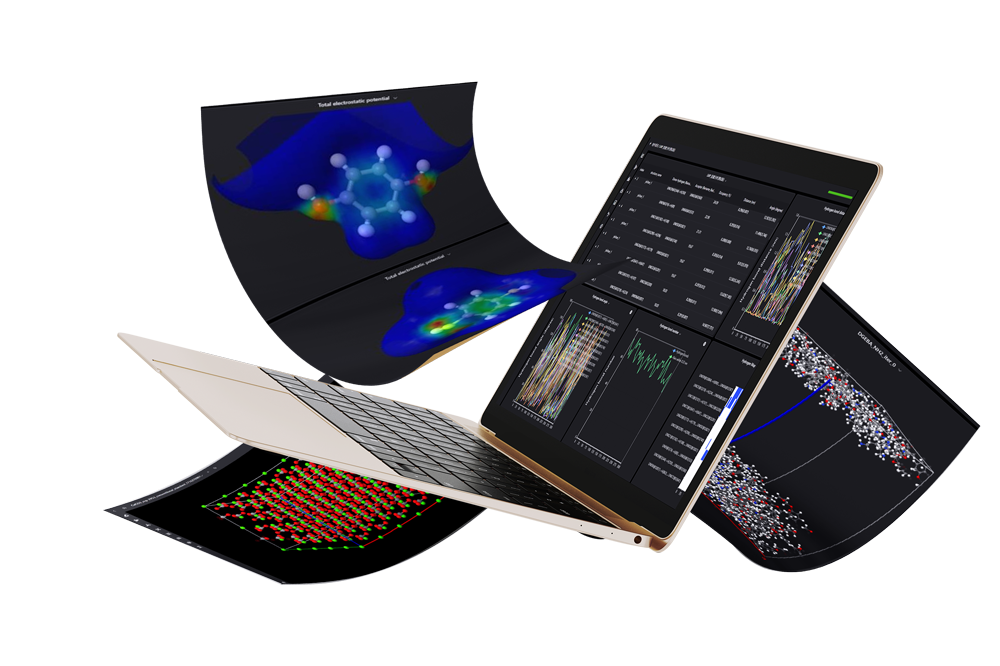
Did you know that over 800 million tons of hazardous materials are transported across the globe every year? This staggering figure highlights the critical importance of understanding how these substances behave during transportation. Enter molecular modeling and simulation—a powerful tool that allows scientists to predict and analyze the properties of molecules, including their transport characteristics in various environments.
The Power of Molecular Modeling and Simulation in Understanding Transport Properties
Molecular modeling and simulation involve creating digital representations of molecules to study their behavior under different conditions. By simulating interactions at a molecular level, researchers can gain insights into how substances move through different mediums—be it air, water, or solid materials. These simulations play a crucial role in adhering to Hazardous Materials Transportation Regulations (HMTR), ensuring safety by predicting potential risks associated with transporting dangerous goods.
Diving Deeper: Optical Chemical Structure Recognition Meets Hazardous Materials Transportation Regulations
Optical Chemical Structure Recognition (OCSR) is an innovative technology that enhances our ability to identify chemical structures quickly and accurately using imaging techniques. In relation to HMTR, OCSR helps streamline compliance processes by enabling rapid identification of hazardous materials based on their molecular structure. This capability not only improves efficiency but also minimizes human error during inspections, ultimately contributing to safer transportation practices for potentially dangerous substances.
Neotrident’s Role in Enhancing Compliance with Hazardous Materials Transportation Regulations
Neotrident stands out as a cutting-edge solution designed specifically for navigating the complexities of HMTR compliance:
- Real-time Monitoring: Neotrident provides continuous tracking of hazardous material shipments, ensuring adherence to regulations throughout transit.
- Molecular Analysis: Utilizing advanced molecular modeling techniques, Neotrident assesses transport properties such as volatility and reactivity before shipment.
- User-friendly Interface: The platform simplifies regulatory documentation processes by automatically generating necessary paperwork based on real-time data analysis.
- Error Reduction: By integrating OCSR capabilities within its framework, Neotrident significantly reduces misclassification risks associated with hazardous materials.
- Sustainability Focused: The system promotes environmentally responsible practices by optimizing routes for minimal environmental impact while maintaining safety standards.
A Conclusion Worth Considering

Molecular modeling and simulation serve as invaluable tools in understanding transport properties related to hazardous materials. With technologies like Optical Chemical Structure Recognition enhancing compliance efforts alongside innovative solutions like Neotrident streamlining processes, we can ensure safer transportation practices for all involved. As we continue exploring these scientific advancements, it’s clear that they hold immense potential not just for regulatory compliance but also for protecting public health and our environment during the movement of hazardous goods across borders.

